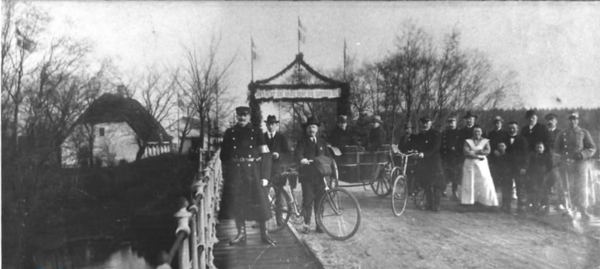Drunkenness

All instances in which neglected duties were detected and punished along the Kongeå River Border, between 1864 and 1919, were noted in the border gendarmerie’s criminal register. The gendarmes from the customs offices in Gelsbro and Skallebæk-Varming were no exception, and here the most frequent offence consisted of drunkenness.
For the most part, punishment consisted of a few days in dark and solitary confinement in Ribe - with or without a reduction in rations.


